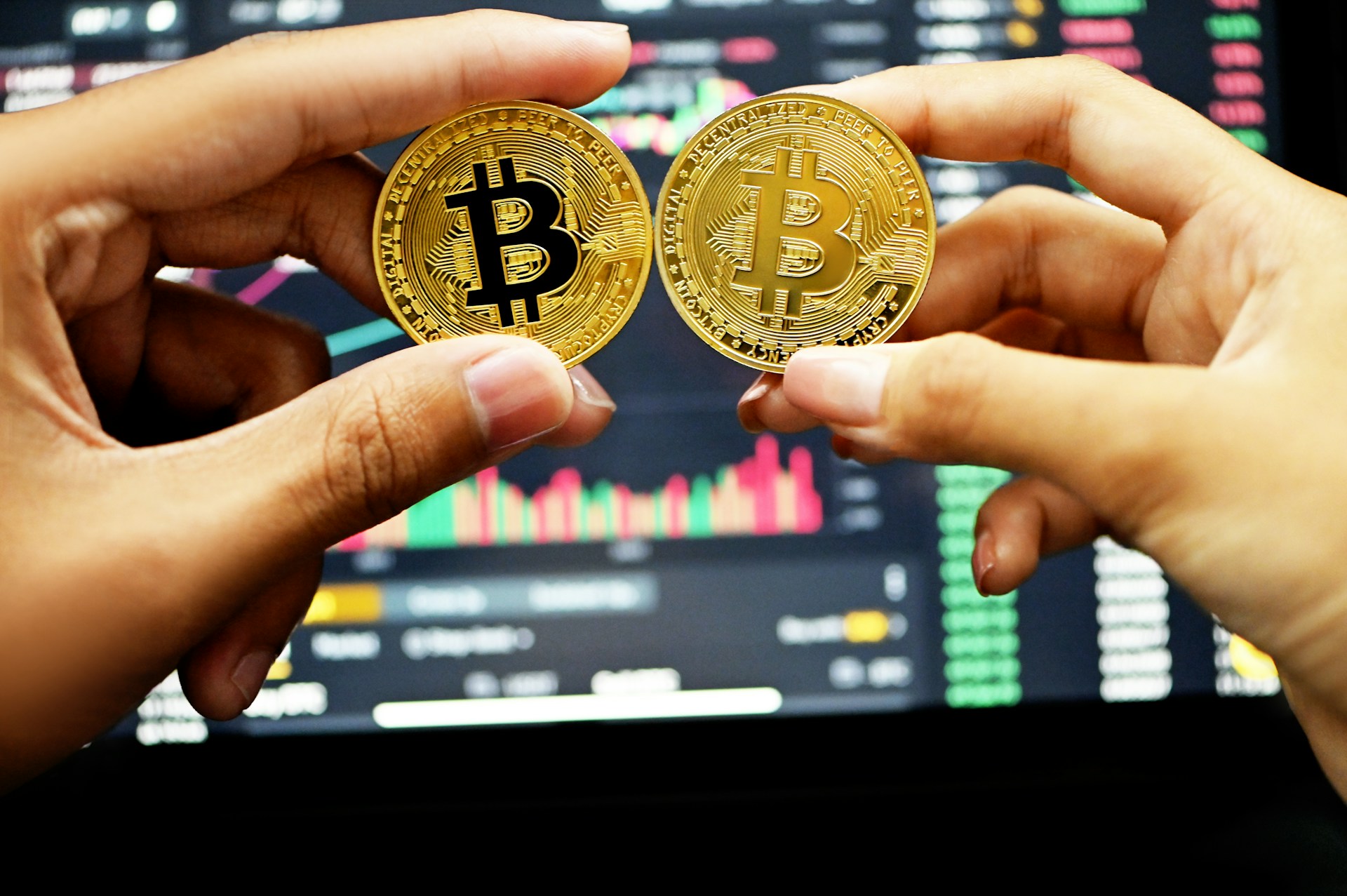Ronin, a purpose-built blockchain for gaming, stated it is going to migrate again to the Ethereum ecosystem as a layer-2 community, making Ronin a general-purpose chain for purposes past gaming.
The blockchain initially spun off from the Ethereum mainnet in 2021 in quest of higher community speeds and cheaper transaction charges for Axie Infinity, a non-fungible token (NFT) blockchain online game. The Ronin crew wrote:
“Things are totally different now. Ethereum is again. Transaction prices and speeds are higher than ever. We are early to a brand new period of development, and Ronin is able to rise.”
The crew set a Q2 2026 goal for the complete migration from being a standalone layer-1 blockchain to an Ethereum layer-2 community.
“Ethereum is successful the conflict for Wall Street’s consideration and capital,” in line with Ronin, which cited the rising ties between institutional traders and Ethereum as a major driver for the choice emigrate again to the Ethereum ecosystem.
Related: Ethereum hits new multiyear excessive as Tom Lee’s BitMine plans $20B ETH elevate
Ethereum turns into Wall Street darling in institutionalization push
Etherealize, a advertising and marketing firm established to pitch Ethereum to Wall Street traders, launched in January with backing and funding from the Ethereum Foundation.
Since that point, a number of Ethereum treasury firms have emerged as publicly traded companies that accumulate Ether (ETH) on their steadiness sheets, and the worth of Ether hit a current excessive of about $4,790.
Matt Hougan, chief funding officer at funding firm Bitwise, informed Cointelegraph that Ether treasury firms create a cohesive narrative for Ethereum that appeals to conventional monetary traders.
Putting ETH into an “fairness wrapper” that accrues yield by way of staking gives traders with a car they’re aware of and really feel comfy investing in, Hougan stated.
Proponents of the Ethereum treasury technique say that the community will turn out to be the spine of a brand new monetary system, performing as a base layer for decentralized finance (DeFi), real-world asset tokenization, and stablecoin settlement.
The prohibition of yield-bearing stablecoins within the US, stipulated within the not too long ago handed GENIUS invoice, will drive traders to Ethereum DeFi, the place they will stake or earn passive revenue by way of lending actions, in line with analysts.
Magazine: How Ethereum treasury firms might spark ‘DeFi Summer 2.0’







